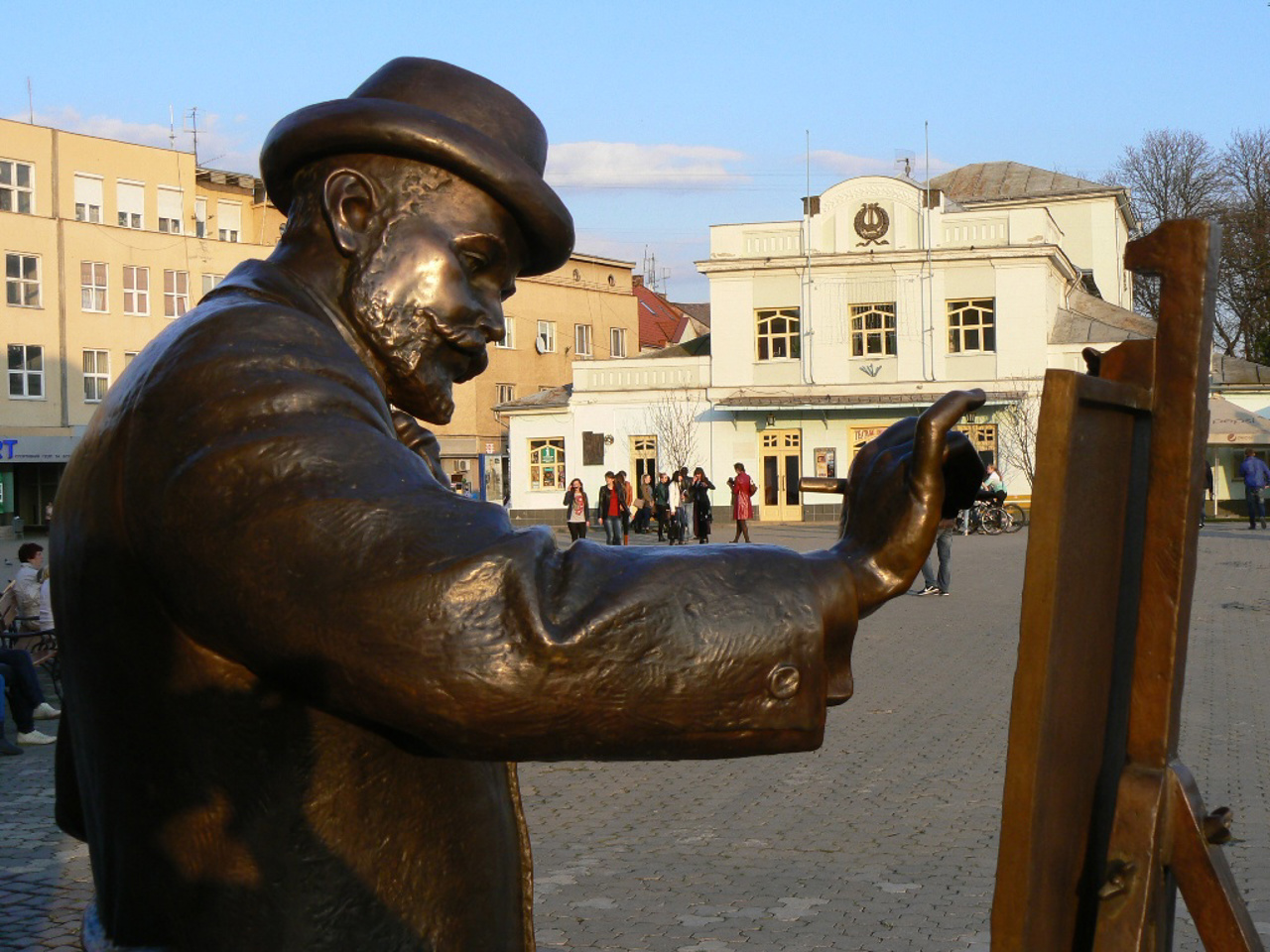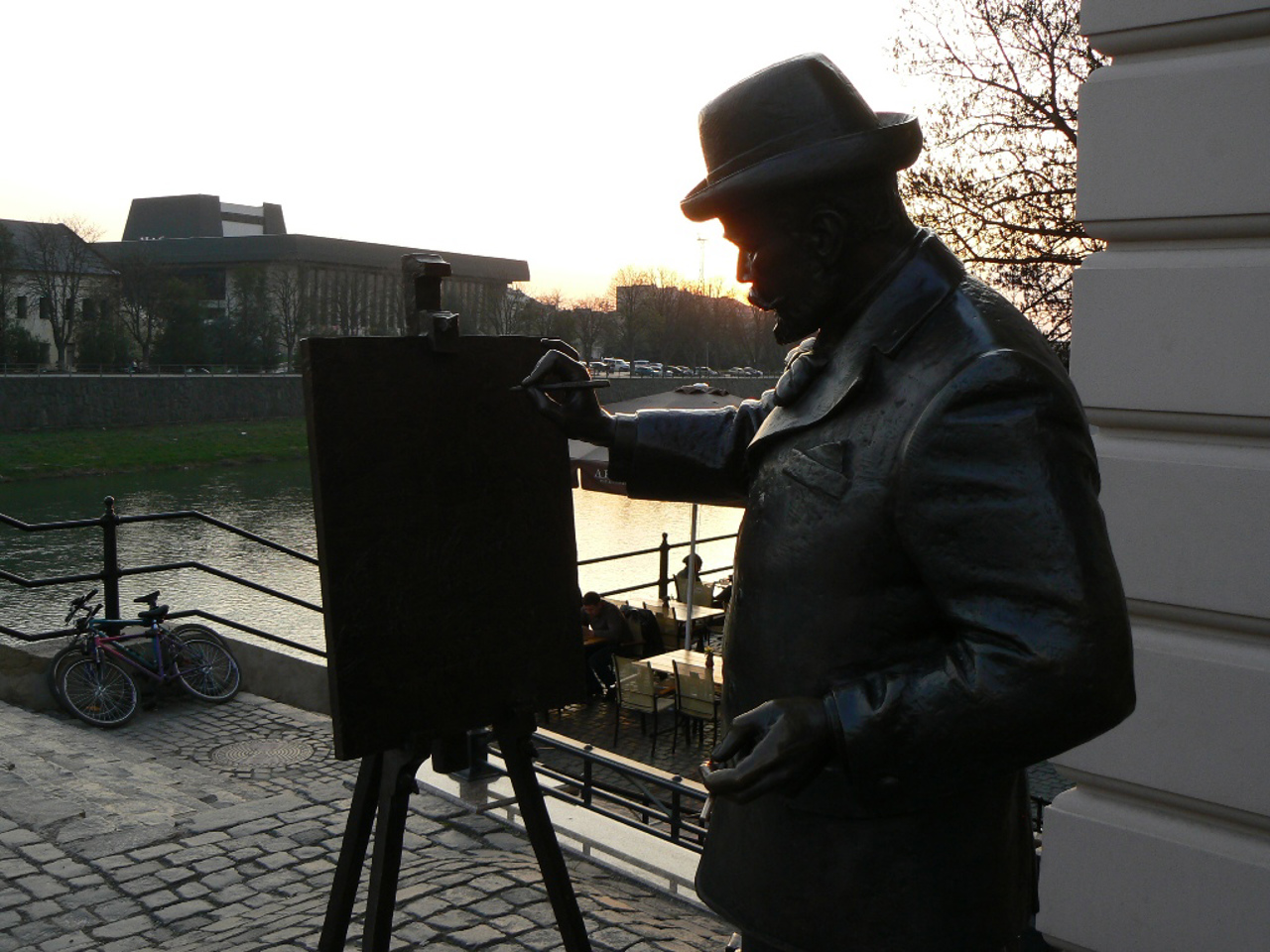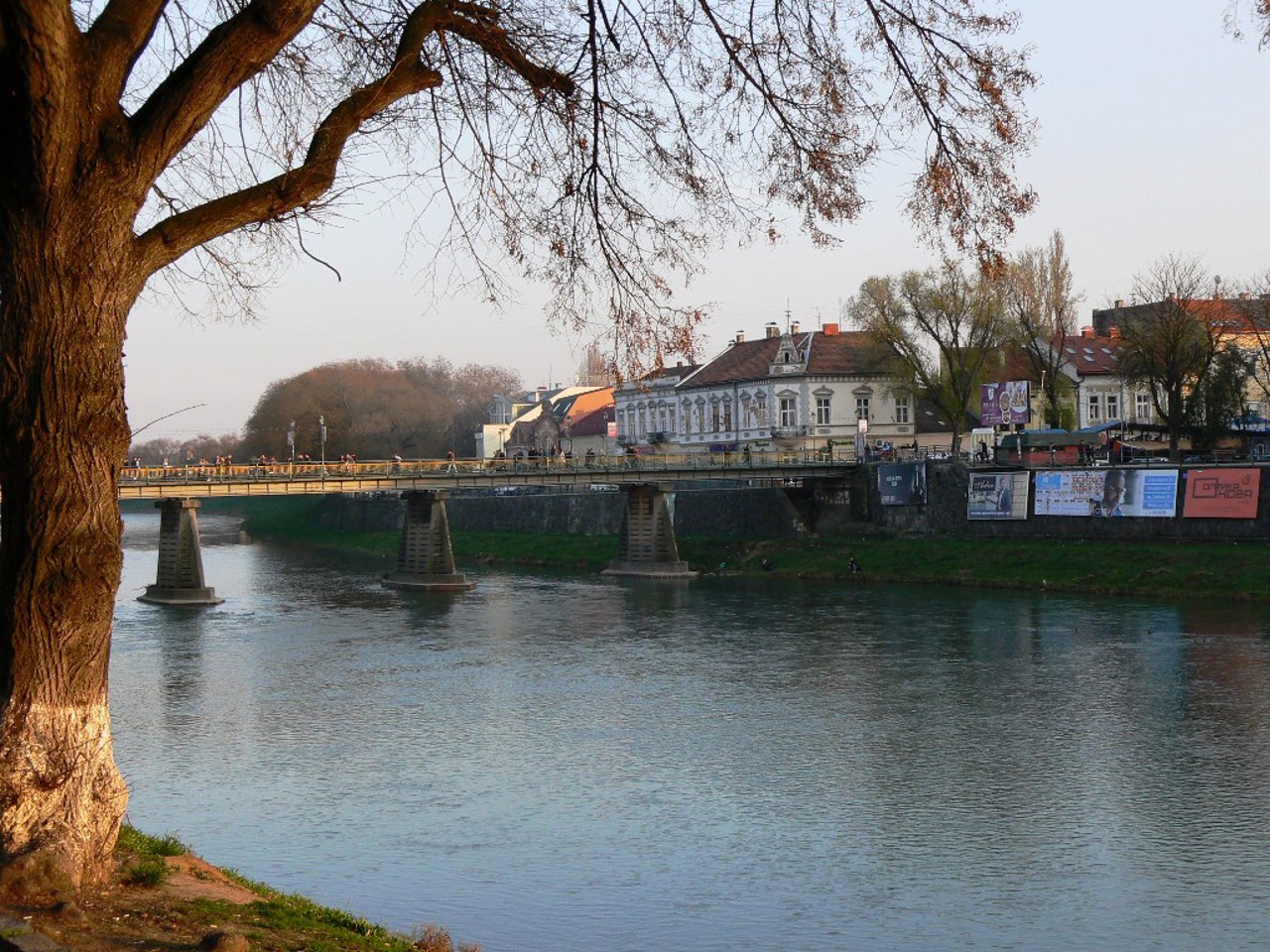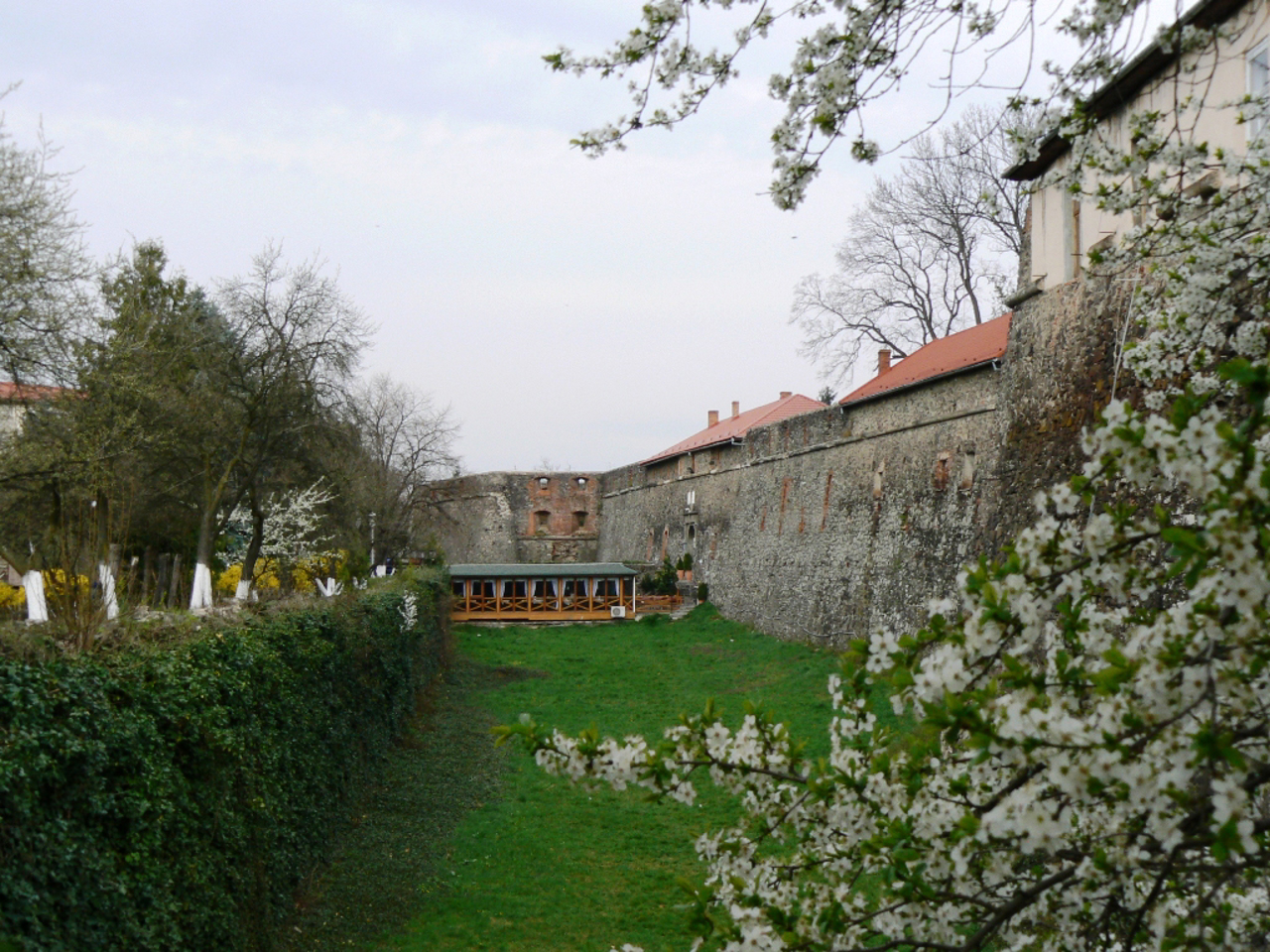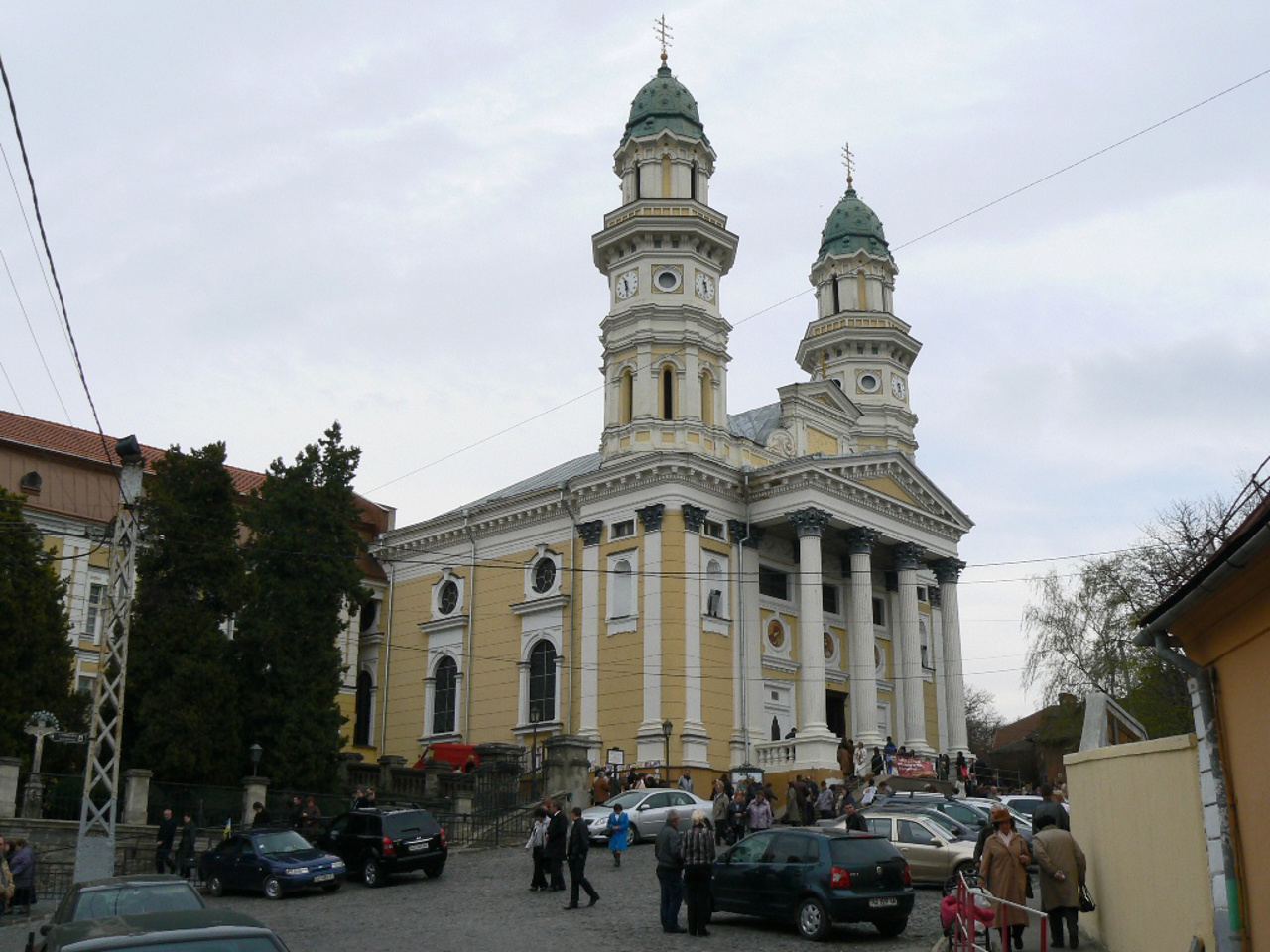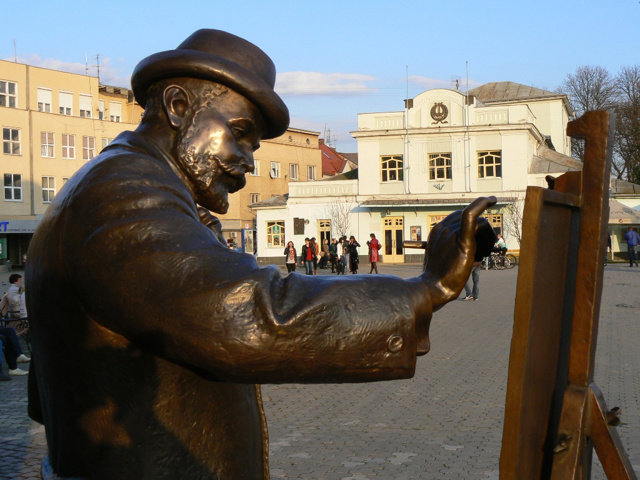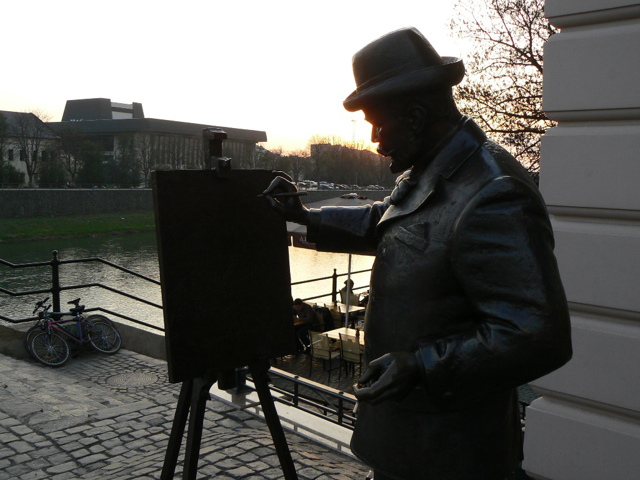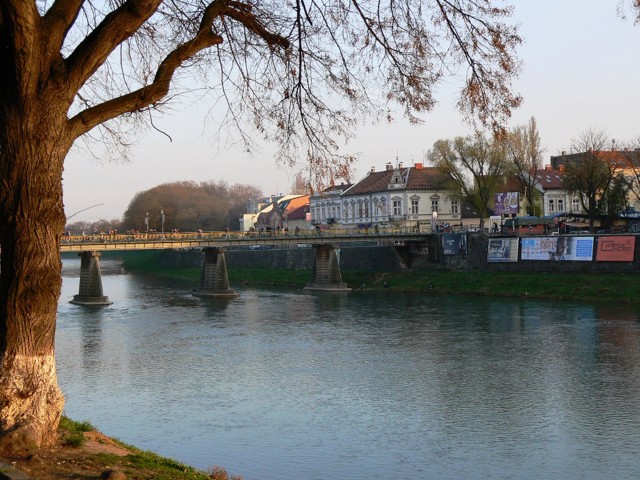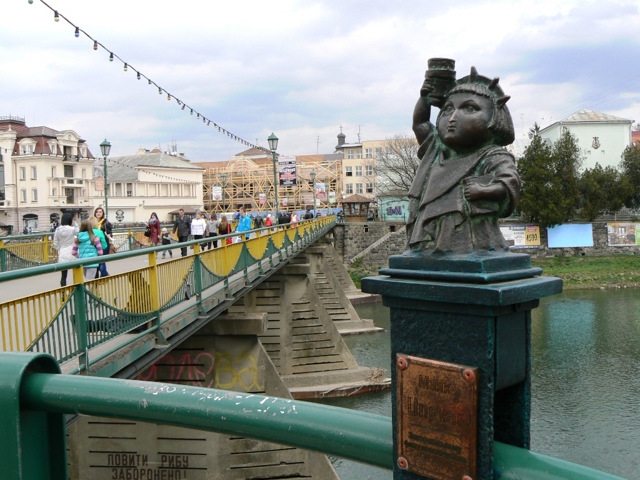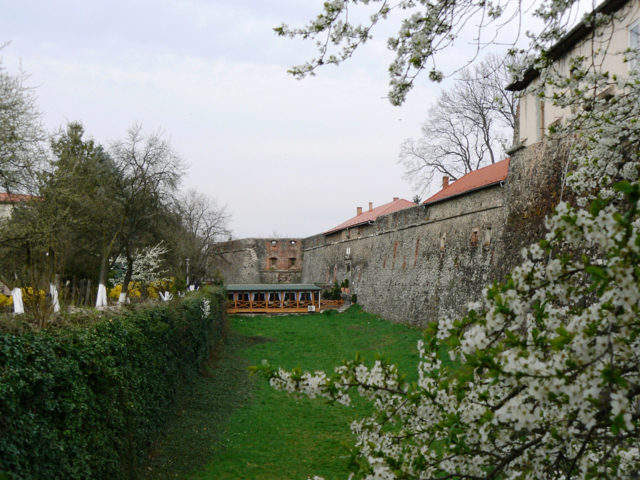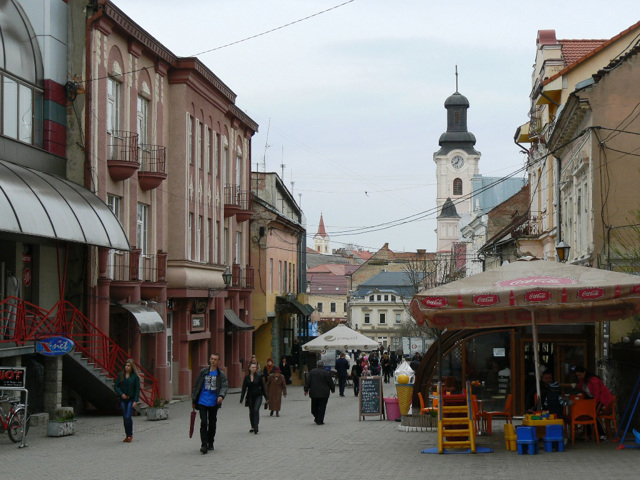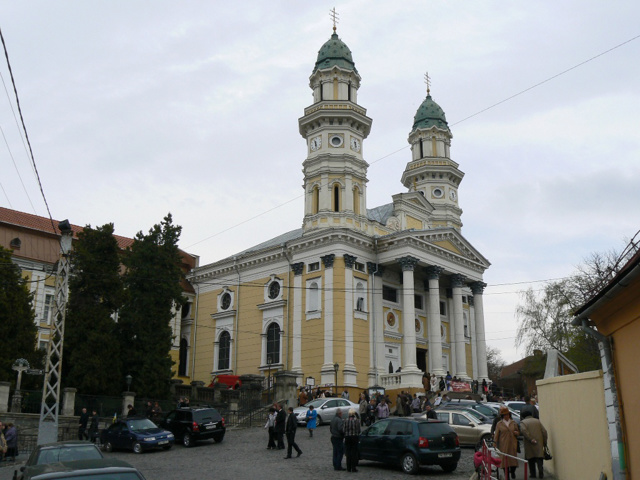Functional temporarily unavailable
General information about Uzhhorod
Uzhgorod is the westernmost city of Ukraine, the main "land gate" to Europe, a convenient staging post for foreign travel. The chronicle mentions of Uzhgorod begin in 872. The name comes from the Uzh river flowing through the city. At different times it was also called Ung, Ongvar, Gungvar, Unguivar, Ungvar. The formation of the early medieval city took place in the 11th century, when the legendary prince of the Slavic tribe of the White Croats, Laborets, founded the capital of the Subcarpathian principality here. In the XI-XIII centuries. Uzhgorod was the property of the Hungarian kings. After the Mongol-Tatar invasion, it was restored and controlled by local feudal lords, until it became the property of the Italian counts Drugets for 360 years. During this period, the presen ...
Uzhgorod is the westernmost city of Ukraine, the main "land gate" to Europe, a convenient staging post for foreign travel. The chronicle mentions of Uzhgorod begin in 872. The name comes from the Uzh river flowing through the city. At different times it was also called Ung, Ongvar, Gungvar, Unguivar, Ungvar. The formation of the early medieval city took place in the 11th century, when the legendary prince of the Slavic tribe of the White Croats, Laborets, founded the capital of the Subcarpathian principality here. In the XI-XIII centuries. Uzhgorod was the property of the Hungarian kings. After the Mongol-Tatar invasion, it was restored and controlled by local feudal lords, until it became the property of the Italian counts Drugets for 360 years. During this period, the present castle arose, city construction began. The city was repeatedly destroyed during the wars of the Habsburgs with the Transylvanian principality. In 1707, it was the residence of the leader of the national liberation war of the Hungarian people, Ferenc II Rákóczi. Before the beginning. XX century. Uzhgorod was under the rule of the Austrian Empire, in 1919-38. was part of Czechoslovakia. Under Soviet rule (1944-91), Ukrainians became the dominant nationality, displacing the Hungarians. The historical center of Uzhgorod is well preserved. In the beginning. XX century. the city's embankment was planted with sakuras (Japanese cherry trees), which bloom in early May. Day of the city of Uzhgorod is celebrated on the first Sunday in October.
Ужгород - найзахідніше місто України, головна "сухопутня брама" в Європу, зручний перевалочний пункт для зарубіжних поїздок. Літописні згадки про Ужгород починаються з 872 року. Назва походить від річки Уж, яка протікає через місто. В різні часи називалося також Унг, Онгвар, Гунгвар, Унгуйвар, Унгвар. Становлення ранньосередньовічного міста припало на XI ст., коли легендарний князь слов'янського племені білих хорватів Лаборець заснував тут столицю підкарпатського князівства. В XI-XIII ст. Ужгород був власністю угорських королів. Після монголо-татарської навали був відновлений і контролювався місцевими феодалами, поки не перейшов на 360 років у власність італійських графів Другетів. У цей період виник нинішній замок, почалося міське будівництво. Місто неодноразово руйнувало ...
Ужгород - найзахідніше місто України, головна "сухопутня брама" в Європу, зручний перевалочний пункт для зарубіжних поїздок. Літописні згадки про Ужгород починаються з 872 року. Назва походить від річки Уж, яка протікає через місто. В різні часи називалося також Унг, Онгвар, Гунгвар, Унгуйвар, Унгвар. Становлення ранньосередньовічного міста припало на XI ст., коли легендарний князь слов'янського племені білих хорватів Лаборець заснував тут столицю підкарпатського князівства. В XI-XIII ст. Ужгород був власністю угорських королів. Після монголо-татарської навали був відновлений і контролювався місцевими феодалами, поки не перейшов на 360 років у власність італійських графів Другетів. У цей період виник нинішній замок, почалося міське будівництво. Місто неодноразово руйнувалося під час воєн Габсбургів з Трансильванським князівством. У 1707 році тут була резиденція лідера національно-визвольної війни угорського народу Ференца II Ракоці. До поч. XX ст. Ужгород був під владою Австрійської імперії, в 1919-38 рр. входив до складу Чехословаччини. За радянської влади (1944-91 рр.) українці стали домінуючою національністю, потіснивши угорців. Історичний центр Ужгорода добре зберігся. На поч. XX ст. набережна міста була засаджена сакурами (японська вишня), які цвітуть на початку травня. День міста Ужгорода відзначають в першу неділю жовтня.
Сплануй своє перебування у Uzhhorod
What to see and where to go in Uzhhorod
Tourist attractions and museums of Uzhhorod

Art Museum (County House)
Architecture , Museum / gallery
A massive administrative building in the style of classicism on a hill in the center of Uzhgorod was built in 1809 to accommodate the local government (county). On the facade you can see the coat of arms of the Ung County. The house is connected with the events of the Hungarian national liberation struggle and the activities of the Ukrainian society "Prosvita". Since 1979, the premises are occupied by the Transcarpathian Regional Art Museum. J. Bokshaya with an exhibition of works by Ukrainian, Hungarian, Russian and Western European artists.

Chardonnay Tasting Hall
Gastrotourism
The Chardonnay wine tasting hall was opened in 2007 in the old center of Uzhhorod by a private winemaker from the village of Kontsovo, Oleksandr Kovach. At the entrance there is a wine press of the XIX century. The tasting room is designed to accommodate 60 visitors at a time. At the beginning, visitors are shown a film about Transcarpathian winemaking "The Divine Gift of Bacchus". The tasting presents the best products of the most famous wineries of Transcarpathia: "Skilur", "Kotnar", "Bobovyshchansky", "Leanka", "Transcarpathian Garden". Visitors can taste such famous Transcarpathian wines as "Rose of Transcarpathia" in 1986, "Cahors", "Serednyanske", "Chardonnay", "Temptress", "Ancient Castle", as well as cognac "Transcarpathian". Cheeses of Seliska private cheese factory are offered for a snack.

Kotska Memorial House-Museum
Museum / gallery
The museum of the Transcarpathian artist A. Kotska was opened in the Uzhhorod house where he had lived since 1945. The exposition is based on materials collected by the artist's sister Anna. In his studio some of Kotska's works are presented - portraits and landscapes of the post-war period. Other works of the master can be found in the memorial part of the museum, where the living conditions of the house are preserved. The garden around the house grows fruit trees and shrubs, as well as rare ornamental species of European and local flora.

Manaylo Memorial House-Museum
Museum / gallery
The house-museum of the artist F. Manaylo is dedicated to the life and work of one of the founders of the Transcarpathian school of painting. The museum was opened in 1981 in the house where Manaylo lived in the middle of the XX century in Uzhgorod. Here he taught decorative arts at the Uzhhorod School of Crafts and the Uzhhorod School of Applied Arts, worked as the chief artist of the Transcarpathian Regional House of Folk Art. The museum exposition includes more than 2,000 exhibits, including personal belongings of the artist, documents from his personal archive, as well as works of art that acquaint with the work of F. Manaylo: paintings, graphics, scenery, etc. The interior of the artist's workshop and living room has been preserved.

Transcarpathian Museum of Folk Architecture and Life
Museum / gallery , Ethnographic complex
Transcarpathian Museum of Folk Architecture and Life is a stylized ethnic village in the city center, where samples of wooden architecture are collected, typical for representatives of different peoples of Transcarpathia: Dolynians, Lemkos, Boyks, Hutsuls, Hungarians, Romanians. The pearl of the Uzhhorod open-air museum is considered to be the Lemko wooden St. Michael's Church (1777), brought from the village of Shelestove, Khust district. In the interiors you can see a carved iconostasis and icons of the XVIII century. The Hutsul estate-citizen from the village of Stebny in the Rakhiv region, which combines residential, economic and defense functions, also deserves special attention. An interesting design of a water mill of the XIX century. from the village of Kolochava in the Mizhhirya region, which provides a room for a mill mechanism and a sludge room. Hungarian folk architecture is represented by the house of a wealthy peasant of the XIX century. from the village of Vyshkovo, Khust district.
Reviews Uzhhorod
Geographical information about Uzhhorod
| {{itemKey}} | {{itemValue}} |
|---|---|
| Region |
Transcarpathian |
